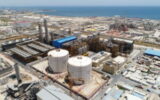
Petrofarhang Holding, the economic arm of the Farhangian Reserve Fund, has been able to consolidate its position as one of the main players in Iran's petrochemical industry in recent years, focusing on methanol production and developing petrochemical projects, and has emerged from losses with significant growth in production and profitability.

The Investment Manager of the National Petrochemical Company emphasized that the government's duty is not to be an operator, but rather to be a policymaker and regulator, and said: "Global experience shows that the appropriate combination of government support and freedom of action for the private sector brings the best results in attracting capital and sustainable development."
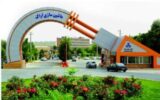
This resignation is related to a project called Hirsa Polymer Sahand Petrochemical, which has serious uncertainties about how it will be handed over to a second-hand contractor.
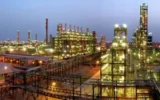
With careful planning and implementation of corrective measures, the ethane unit repair time was reduced to 14 days, and the butane and propane export dock unloading operation was completed without disruption to exports.
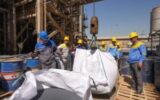
The major overhaul of some units of the Bu Ali Sina Petrochemical Complex was successfully completed without stopping production, with the aim of removing production obstacles, improving equipment efficiency, and maintaining production sustainability.

The Director of Research, Technology, and Domestic Manufacturing at the National Petrochemical Industries Company emphasized the need for intelligent support for knowledge-based companies, the development of indigenous technologies, and the creation of a sustainable chain in the petrochemical industry in order to realize Iran's share in regional and global markets.
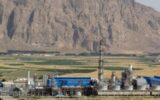
National Electricity Solving Strategy in Kermanshah Petrochemical; "Zahir" killed the key to the annual injecting of 5 million kWh.

The director of the Petrochemical Special Economic Zone Organization emphasized the need to use renewable and new energy in the development plan of the region.

Energy expert Mustafa Saeedi, referring to Maroon Petrochemical's failed experience in entering downstream industries, emphasized that entering fields that are mainly carried out by small and medium-sized enterprises with teams of 20 to 30 people is harmful for petrochemicals. He criticized the neglect in developing the propylene chain and warned that the continuation of this trend will exacerbate dependence on imports of intermediate and final products.
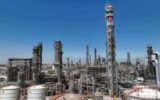
Bu Ali Sina Petrochemical announced that starting October 4, some of the company's production units, including aromatics and paraxylene, will enter a major overhaul phase. The overhaul will last for 12 working days, but according to the company, it will not cause a complete stoppage of production and will not have a significant impact on the annual production plan.










